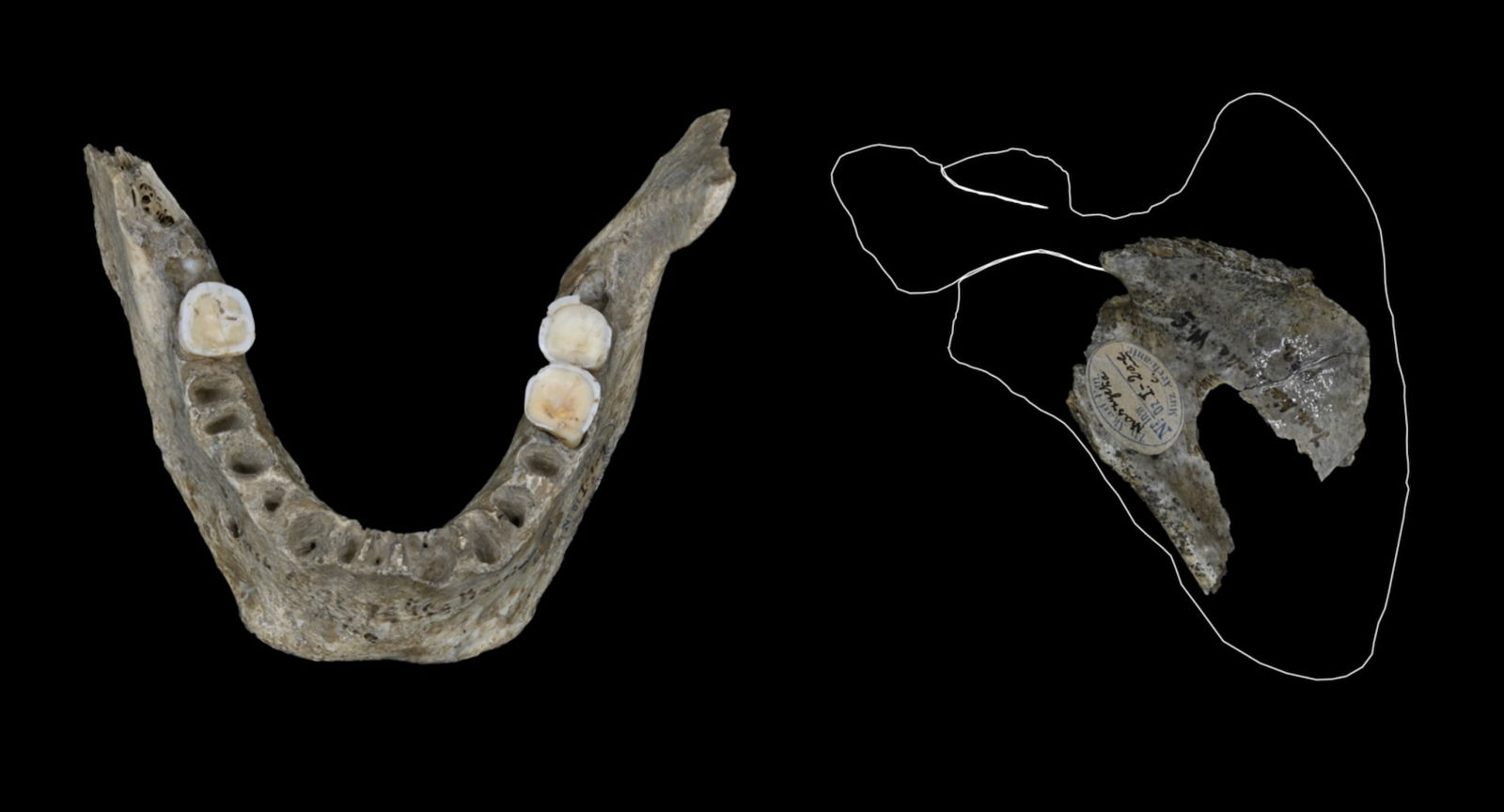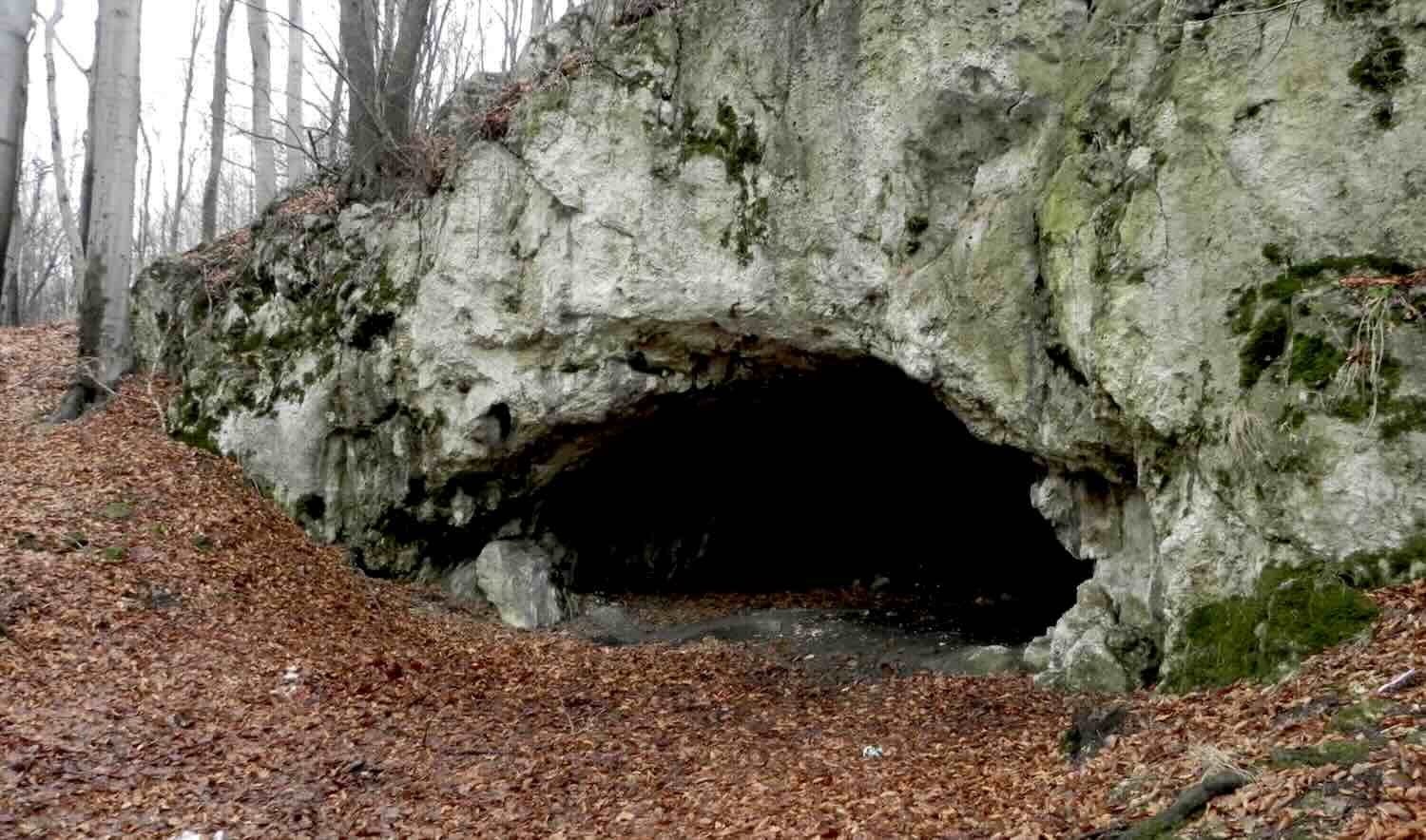Evidence collected from a cave in modern-day Poland shows several signs that ice age humans who lived in the area over 18,000 years ago may have practiced what researchers are calling a form of “violent” warfare cannibalism.
According to a statement by researchers from the University of Göttingen studying the remains of several archaic humans recovered from the Maszycka Cave in southern Poland, these Ice Age people may have practiced a form of violent “warfare” cannibalism was likely used against one’s enemies in a highly competitive, resource-limited environment.
“Among European hunter-gatherer societies, the treatment of the bodies and, above all, the indifference with which the remains were disposed of may be associated with the eaters’ lack of respect and empathy for those that were eaten,” the researchers write in a new study detailing their findings.


“It is possible that this was an example of violent cannibalism,” explained the study’s first author, Francesc Marginedas, from the Catalan Institute of Human Paleoecology and Social Evolution. “After the last Ice Age, there was population growth, and that may have led to conflicts over resources and territories.”
Separating Violent Warfare Cannibalism From Other Practices
In fiction, cannibalism is often practiced by the criminally insane or as part of some nefarious ritual. In the real world, most people likely think of such taboo behavior only occurring in survival situations like the infamous 1970s crash of a Uruguayan rugby team portrayed in the movie Society of the Snow.
In archaeology, several other forms of cannibalism have been revealed. According to the University of Göttingen team, archaeologists often face difficulty determining which one the evidence supports.
“Funerary cannibalism involves the consumption of a member of the same group as an act of love,” the study’s authors write. “Yet this type of treatment would likely leave the same archaeological record as its antonymous warfare cannibalism.”
The team says it is also essential to consider that many of the factors behind these practices that could be regarded as emotional, such as respect, compassion, and even hatred, are “invisible archaeologically.” As a result, scientists typically use contextual evidence, such as how butchered bones are treated or the manner of their disposal, to try to infer their motivations.
“This is very common in the prehistoric cannibalism record, where although the existence of ceremonial or ritual patterns can be inferred, their link to warfare or funerary cannibalism cannot always be distinguished,” they explain.
Over 100 Years of Excavations Provide Valuable Clues
The archaeological samples examined by the research team were collected during several excavations spanning more than a century. The first effort occurred in 1883 by Gotfryd Ossowski, who excavated the interior and part of the cave terrace. According to the study authors, this excavation covered a total area of 60 square meters. A second, more extended excavation of the terrace led by Stefan Karol Kozłowski took place in 1960. The final major excavation took place in 2013.
The total collection of recovered items currently stored in the Archaeological Museum in Krakow includes 292 “lithic artifacts” such as stone tools, 98 “bone items,” one earring, 360 identified faunal remains, and 61 human specimens. For this study, 63 bones from ten individuals dating back 18,000 years were made available for examination.


After initial visual examinations, the team employed several more precise techniques to examine the bines more closely. This precision imaging revealed that 36 of the bone fragments had signs that they were dissected immediately after death. In funerary practices, bodies can often be kept for long periods, whereas extracting nutrients from the remains requires more immediate preparation.
Several of the skull fragments also revealed cut marks. The researchers believe these marks indicate that the muscle attachments and scalp “were removed before the long bones were smashed to get to the bone marrow.”


“The position and frequency of the cut marks, as well as the targeted smashing of bones, leave no doubt that their intention was to extract nutritious components from the dead,” Marginedas said.
Although evidence supporting butchering for consumption is compelling, the researchers note that, unlike funerary activities, their study revealed evidence pointing to violent warfare cannibalism. For example, Marginedas says the historical record has evidence for “isolated incidences of cannibalism in connection with violent conflict,” supporting their conclusion. The researcher also notes that the bones found in Maszycka Cave were mixed with other discarded settlement debris, “which indicates that the dead were not treated with respect.”
Why Did These Ice Age Humans Practice Cannibalism
Several other pieces of evidence outlined in the team’s study make violent warfare cannibalism the likeliest explanation. Still, they note that such behavior would seem inconsistent with the Magdalenian culture, to whom they attribute these remains, especially considering they are credited with impressive artworks like the famous cave paintings at Lascaux.


According to the study authors, one potential scenario under consideration is “the need to consume human flesh due to extreme survival conditions.” However, they note that “archaeological data suggests the opposite.”
“The wide range of artistic evidence points to favourable living conditions during this period,” explained Professor Thomas Terberger from the Department of Prehistory and Early History at the University of Göttingen. “It, therefore, seems unlikely that cannibalism was practised out of necessity.”
The team says additional research will likely be necessary to solve the discrepancy. Nonetheless, they believe that their findings “help to improve our understanding of the cultural development and group dynamics in the Late Ice Age society.”
The study “New insights of cultural cannibalism amongst Magdalenian groups at Maszycka Cave, Poland,” was published in Scientific Reports.
Christopher Plain is a Science Fiction and Fantasy novelist and Head Science Writer at The Debrief. Follow and connect with him on X, learn about his books at plainfiction.com, or email him directly at christopher@thedebrief.org.

